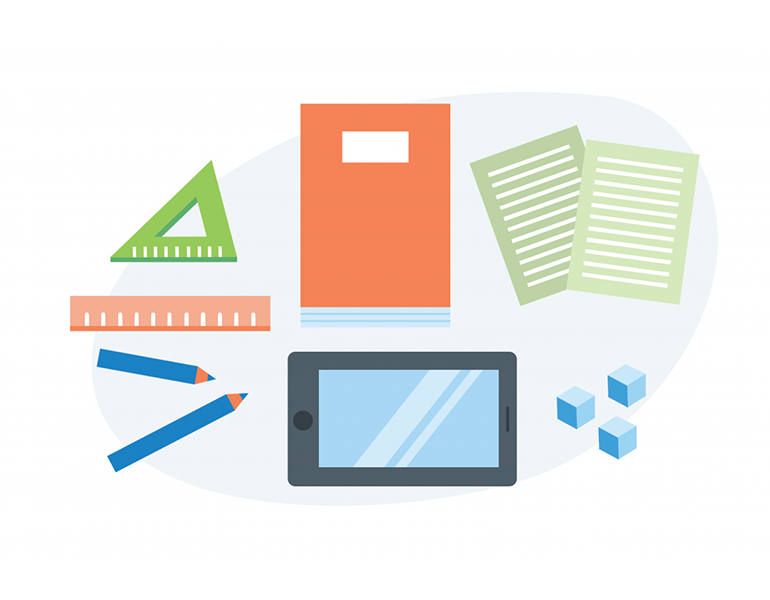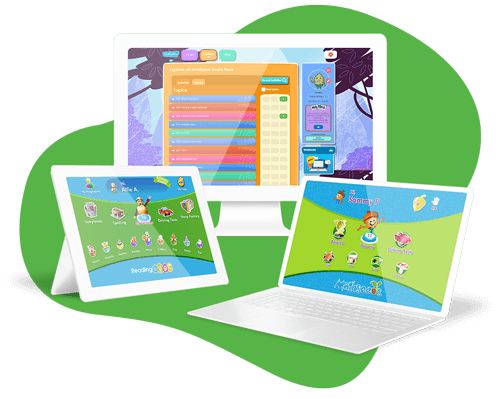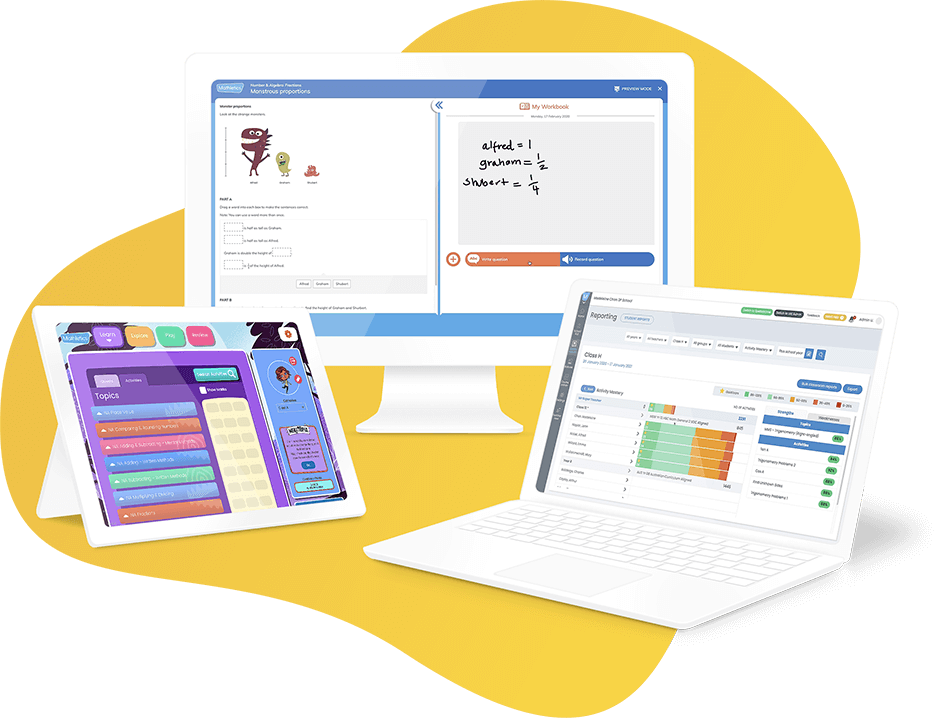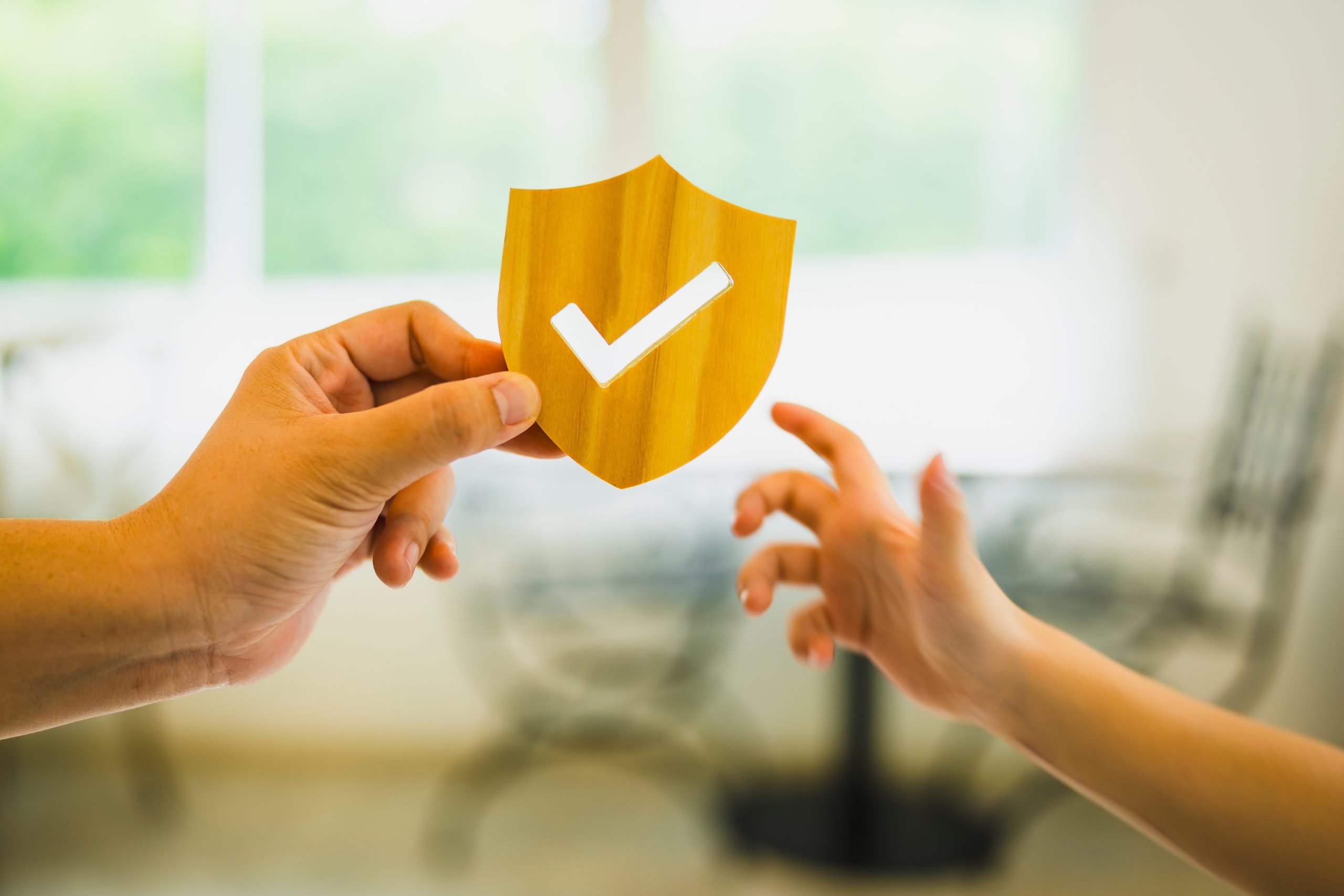
Although we’re set to face a whole host of challenges on our return to the classroom, there will be some remote teaching challenges we’ll be glad to leave behind.
But technology shouldn’t be one of them.
They were hard-won, but we now have a host of new technological skills in our teacher toolkits. We owe it to our students and ourselves to make the most of them.
Here’s how you bring the best parts of technology into your classroom practice to gift your students with powerful, modern learning experiences.
1. Get the most out of your Learning Management System (LMS)
If you’re like most teachers, your LMS was your go-to technological resource during the lockdown period.
Now, having become familiar with all its features, you can bring it into regular classroom activity to lessen paperwork and facilitate seamless communication. Here’s how:
Host digital copies of all classroom resources on your LMS
Shifting your classroom resources to digital means you’ll no longer need to come to class with a stack of spares for every student who makes a mistake or leaves a worksheet at home. You can direct them to the LMS instead.
Better yet, upload worksheets in an editable form so students can complete them on screen. Your classroom doesn’t have to be paper-free, but a paper-lite learning environment will save you printing time and cut back on the number of times you’re asked, “can I get another…?”. Bonus points for sustainability too.
A digital resource library also allows you to share multimedia resources, such as videos, podcasts and web links. It’s an easy and engaging way to connect your teaching with the tech-rich world your students inhabit.
Use your LMS for student collaboration and discussion
Most LMSs have a discussion board facility, and some may even have a chat function where students can talk in real-time. These provide an effective alternative to in-person group work and discussion because they:
- provide a safer space for students who seldom speak up in a live classroom setting
- promote thoughtful and considered written communication
- allow students (and you) to read individual contributions as many times as needed
- ensure no voice goes unheard.
If your LMS does not have these capacities, draw on other tools that you used to connect students during the shutdown. Skype and Zoom make live discussion possible, and cloud documents (e.g. Google Docs) allow students to collaborate in real time.

Find the best online learning platform for your class
2. Online assessment strategies
Online assessment strategies streamline the paperwork that comes with traditional methods, and they also open up the possibility of engaging and novel projects that students can’t do on paper.
Here are some online assessment strategies you can take back to the classroom:
- Collate digital work in an online portfolio.
- Have students swap work online and peer assess each other.
- Engage in multimedia projects, such as podcasts and videos.
- Use contributions to a forum discussion to formatively assess student understanding.
Find a step-by-step breakdown of these assessment strategies and more here.
3. Instructional strategies
Reflect on the instructional strategies you used during the remote teaching period. Were any particularly effective?
Here are a few examples:
- flipping the classroom to free up in-class time for student-focused activity
- alternating in-class group work with collaborative activities in a safe, inclusive online space
- using a learning program, such as Mathletics or Reading Eggs, to assign differentiated work sets for students grouped by ability level.
You can find a step-by-step guide to some key online teaching strategies here.
4. Incorporate gamified learning programs
Gamified learning programs allow you to give your students rich technological learning experiences without grappling with complex software.
As an example, in our mathematics and reading programs, Mathletics and Reading Eggs, gamified learning allows for:
Better homework
The learning content in Mathletics and Reading Eggs is broken down into short lessons where students are guided through the material in a gamified world. This makes them uniquely qualified for homework, where daily short, engaging tasks are the focus.
Competition-based learning
The points systems in Mathletics and Reading Eggs can be harnessed for motivational peer-to-peer competitions. Create a class leaderboard, or have students test their skills against one another in a class round of Live Mathletics.
Motivation and reward
Gamified learning programs also make it easy to reward students for effort as well as performance. Reading Eggs and Mathletics track student activity, so you can see how many lessons and activities each student has completed, and how much time they have spent on the program. Reward students who complete a set amount of lessons per week, or who take the initiative of using the program outside of scheduled activities. You’ll motivate ongoing learning in and out of class.
Independent learning
Mathletics and Reading Eggs use placement tests to put students on individual and automated learning pathways. As a result, students are free to use the program without teacher assignment or instruction — taking ownership of their learning and developing independent study skills in the process.
5. Benefits of using technology
If you’re still thinking you and your students would be better served by a return to traditional methods, take a moment to consider the benefits of bringing technology into your teaching.
It makes your teaching more flexible
Technology allows you to adapt to the inevitable disruptions and hiccups that can otherwise derail the most carefully laid plans. The last few months provided more proof of this fact than we ever needed!
It builds students’ technological literacy
Technological literacy is the ability to use, access, and manage technology independently. In an age where even shopping lists are migrating to apps and offline banking is a once-a-year event, this has never been more important.
When we teach with technology we build such skills as:
- digital collaboration
- independent collaboration
- online security and safety
- responsible use of technology
- remote teamwork
It’s inclusive
Digital learning spaces are often more inclusive for students whose physical or psychological needs aren’t easily accommodated by the classroom.
The benefits also extend to those students who struggle to keep up with the pace and intensity of a regular classroom environment. It’s also a safe space for students who might usually avoid speaking up, and it allows students struggling with the content to review material as much as they like at their own pace.
Remember: After adapting to online teaching overnight, you’ve already completed a more intensive crash course in EdTech than any professional development seminar could give! The hardest part of the transition is already over.
But if you’re still feeling some trepidation about integrating technology into your regular practice, we’ve got you covered. Our customer success team and Help Hub will fast-track you to a tech-rich classroom with our award-winning products for mathematics and literacy.







